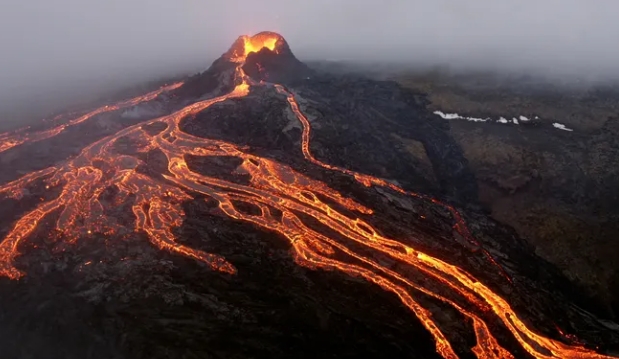The Ring of Fire, a horseshoe-shaped area in the Pacific Ocean, is a hotspot for volcanic activity.
It stretches 25,000 miles and is home to over 75% of the world’s active and dormant volcanoes.
A Geological Wonder
The Ring of Fire is caused by the movement of tectonic plates beneath the Earth’s surface.
The Pacific Plate is continuously subducting beneath neighboring plates, leading to the formation of volcanoes along its borders.
An Adventurous Journey
Exploring the Ring of Fire offers a thrilling adventure for travelers and scientists alike.
From the snow-capped peaks of Mount St. Helens in the U.S. to the smoking crater of Mount Erebus in Antarctica, there are countless opportunities to witness volcanic activity.
Diverse Ecosystems
Despite the harsh conditions, the Ring of Fire is home to a diverse range of ecosystems.
The rich volcanic soil supports lush forests, while the warm waters surrounding them teem with marine life.
Natural Hazards
However, the Ring of Fire is not without its dangers.
Volcanic eruptions, earthquakes, and tsunamis are common in this region, posing a threat to those living nearby.
Preserving the Beauty
It is important to protect and preserve the volcanic landscapes of the Ring of Fire.
By practicing responsible tourism and supporting conservation efforts, we can ensure that future generations can continue to explore and admire this natural wonder.

